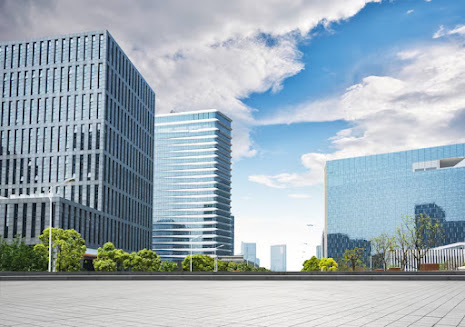Benefits of Green Lease: Everything You Need to Know
A green lease is a standard lease that has been reformed to best fit financial incentives and environmental goals between a landlord and a tenant. It is a more up-to-date version of the traditional commercial lease that is financially beneficial for both the landlord and the tenant, as well as being environmentally friendly. Finding a win-win solution to the landlord-tenant relationship is strengthened.
The green lease is a commercial lease agreement designed to reduce carbon footprint due to the growing focus on environmental sustainability. It aligns tenant and landlord interests around energy efficiency, water conservation, and other environmentally friendly measures in the construction, operation, and usage of commercial spaces. To protect against ransomware attacks, firms must take additional measures such as providing role-based access to platforms, tracking user activity, and implementing sophisticated network controls. SOC 2 Type 2 compliance is becoming increasingly prevalent.
Benefits of a Green Lease
A green lease is an agreement between a landlord and tenant that incorporates sustainability practices into the leasing process. The terms of a green lease are designed to reduce energy and water use, increase recycling and composting, and promote green building practices. In cities like Ahmedabad, where property for lease is in high demand, investing in a green lease can provide significant financial benefits as well as long-term environmental savings. Here are the following benefits of a green lease.
Low refurbishment costs
Corporate image and prestige value
Compliance with legislation and CSR requirements
Lower transaction fees
How Does a Green Lease Benefit the Owner:
The benefits of a green lease are especially beneficial for owners of commercial properties in Ahmedabad since they can reduce their expenditure on utilities, maintenance, and repairs. In addition, the owner can attract more tenants due to the environmentally friendly practices that come with signing a green lease. Moreover, it also helps to create an image of responsibility and sustainability for property owners who wish to be seen as responsible corporate citizens.
Slower depreciation of the property
Increase in occupancy rates
Lower exit yield
Rapid ROI
Increased market value
Reduced vacancies
Fewer maintenance costs




Comments
Post a Comment